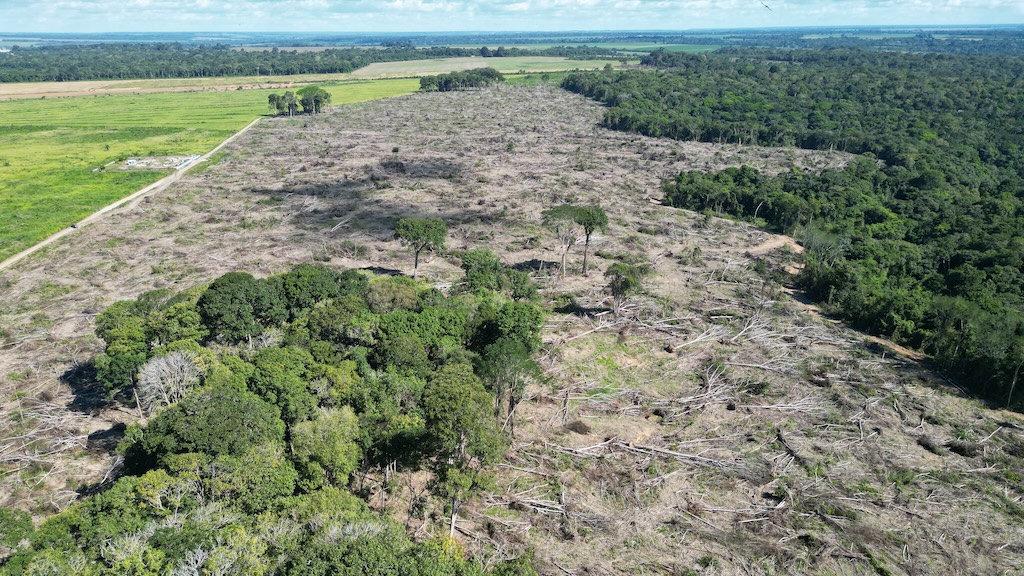On June 5th and 6th, a workshop on Synthetic-aperture radar (SAR) data was held for
Ibama’s environmental analysts from the legal Amazonian states, led by short-term experts from JAXA. Starting with the history and basic principles of SAR, the participants learned about the extraction process of deforestation data of the JJ-FAST (JICA-JAXA Forest Early Warning System in the Tropics) as an actual SAR data analysis method. Many questions were raised about the specifications of ALOS-4, successfully launched on July 1st by JAXA, with high expectations for the future use of Japanese satellite data. Some of the participants in this workshop will be nominated to attend the SAR training course in Japan this November to further deepen their knowledge and understanding of SAR data analysis.
Following the workshop, from June 10th to 14th, a field survey with JAXA short-term experts was conducted in Altamira and Santarém in the state of Pará to validate the accuracy of forest change detection by JJ-FAST. During the last observation period by JJ-FAST, few large-scale deforestation were detected and they were correct, while the small-scale deforestation detections were primarily due to natural disturbances during the rainy season and soil moisture. JAXA will follow up with a detailed analysis. In Altamira, a deforestation detection polygon that was detected but could not be reached during the field survey due to its distance was confirmed as illegal deforestation without a permit, resulting in a fine to the landowner by Ibama. This deforestation site was not detected by any other deforestation detection system and only be detected by JJ-FAST.
From June 17th to 21st, short-term experts from AIST conducted a workshop to learn skills related to the deforestation prediction system being developed in the project. It was an opportunity to learn how to create datasets to be input into the prototype model being developed by AIST, and how to make predictions using these datasets, starting from the computer setup. The participants are also scheduled to attend a training program in Japan in August. They have been given assignments by AIST experts to be completed by August, which include running prediction models using the workstations provided for the project.
